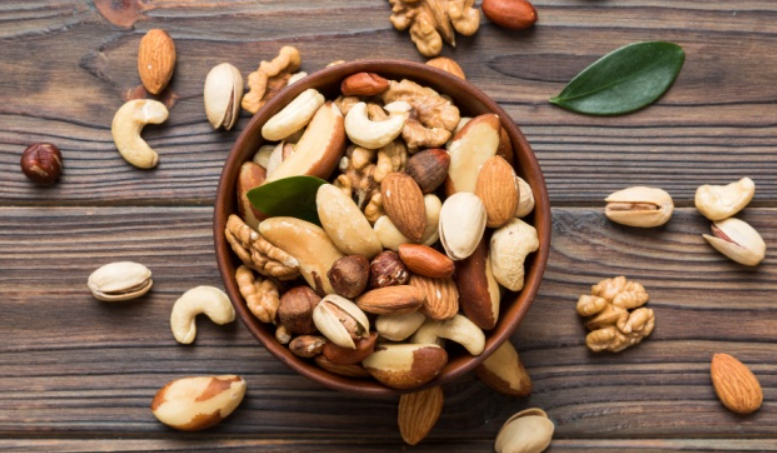
If you like tomatoes in salads, soup and sandwiches, then September is your month. Organic heirloom tomatoes provide a whole new taste sensation, which might change the way you think about tomatoes.
Heirloom Tomatoes have become more common and available to consumers the past few years are now winning lots of fans. And now that they have had a chance to soak up lots of summer heat this is the perfect time to give them a try.
As you are searching through the pile of colored beauties you may be asking yourself what is an heirloom? According to the tomato fest website www.tomatofest.com, “An heirloom is generally considered to be a variety that has been passed down through several generations of family because of it’s valued characteristics. Heriloom tomato experts Craig LeHoullier and Carolyn Male, Ph.D., have classified heirlooms into four categories:
- Commercial Heirlooms: Open-pollinated varieties introduced before 1940.
- Family Heirlooms: Seeds that have been passed down for several generations through family. Numerous stories from Ellis Island included Italian immigrants who came to America with only the smallest reminders of home on their back also made sure they brought seeds from their favorite tomato variety in the lining of their coat or pants pocket.
- Created Heirlooms: Crossing two known parents (either two heirlooms or an heirloom and a hybrid) and dehybridizing the resulting seeds for how ever many years/generations it takes to eliminate the undesirable characteristics, perhaps as many as eight years or more.
- Mystery Heirlooms: Varieties that are a product of natural cross-pollination of other heirloom varieties.
(Note: All heirloom varieties are open-pollinated but not all open-pollinated varieties are heirloom varieties.)”
One of the first things you’ll notice with heirlooms is their amazing diversity of flavors, shapes, and sizes. These tomatoes have origins found in every part of the globe and interesting names to go with them. Here are just a few of the myriad number of varieties from around the world that we can enjoy:
Black Krim from Russia, it has a sweet smoky flavor that is out of this world. They are very dark reddish-brown color with green shoulders, which may not sound very appetizing, but is absolutely beautiful when sliced.
The Stupice is a native of the Czech. Republic and its small fruits are jam packed with flavor.
There is the dark deep red tomato known as Costoluto Genovese, which is a favorite Old Italian heirloom.
If you are person who can make a meal from tomato slices and two pieces of bread, the Polish Giant will make you happy with it’s mild flavor and big fruit. Some of these can weigh up to a pound and a half.
The Druzba comes from Bulgaria. This fruit has a great acidic flavor and is great for canning.
The Omar’s Lebanese is a richly flavored, meaty, red tomato that originated from a small town in Lebanon.
Juane Flammee from France is orange colored and has a refreshing sort of tangy flavor.
You could try a different tomato every day in September and still just barely scratch the surface. Get started now and you’ll be knowledgeable enough to impress your friends for National Tomato month in October.
And another little tidbit: Tomatoes are considered love apples, perhaps becauuse they were commonly eaten during pregnancy(now we know they are high in folic acid – essential for developing fetuses). That’s quite a tasty way to show a mother’s love.
Fresh Perspectives September 2011
We’re dedicated to discovering the benefits of good nutrition and healthy lifestyle, and hope the above article informs and inspires you to take an active role in your health.
Articles shared on our site are to provide nutritional information only and do not replace professional medical advice.



